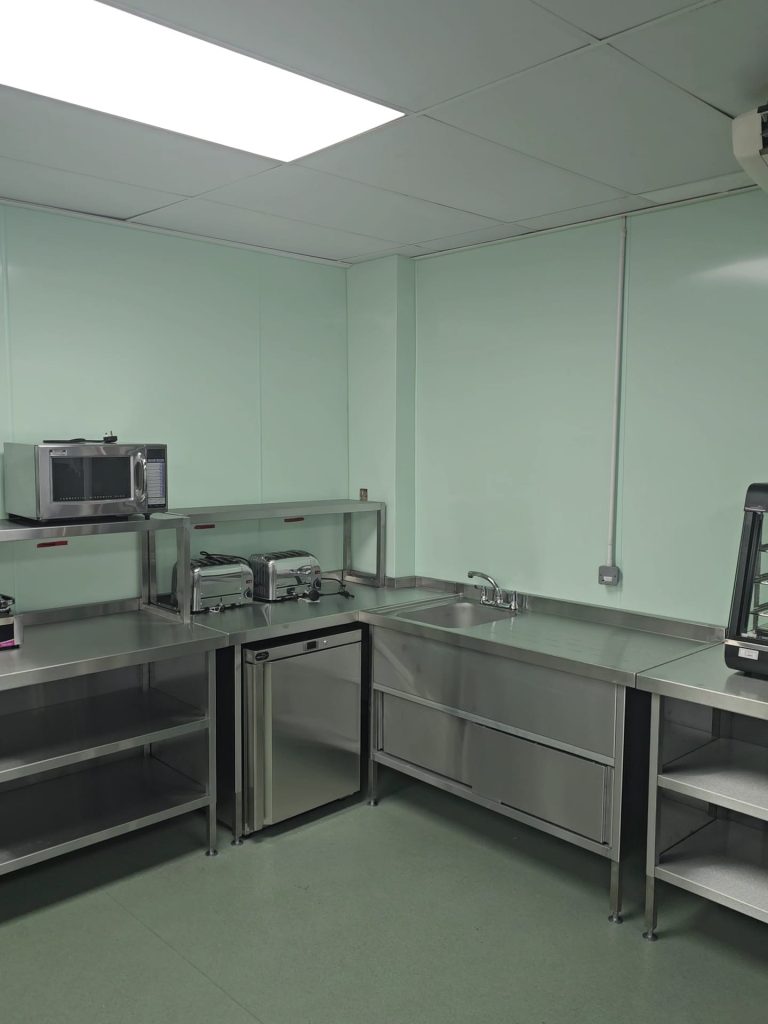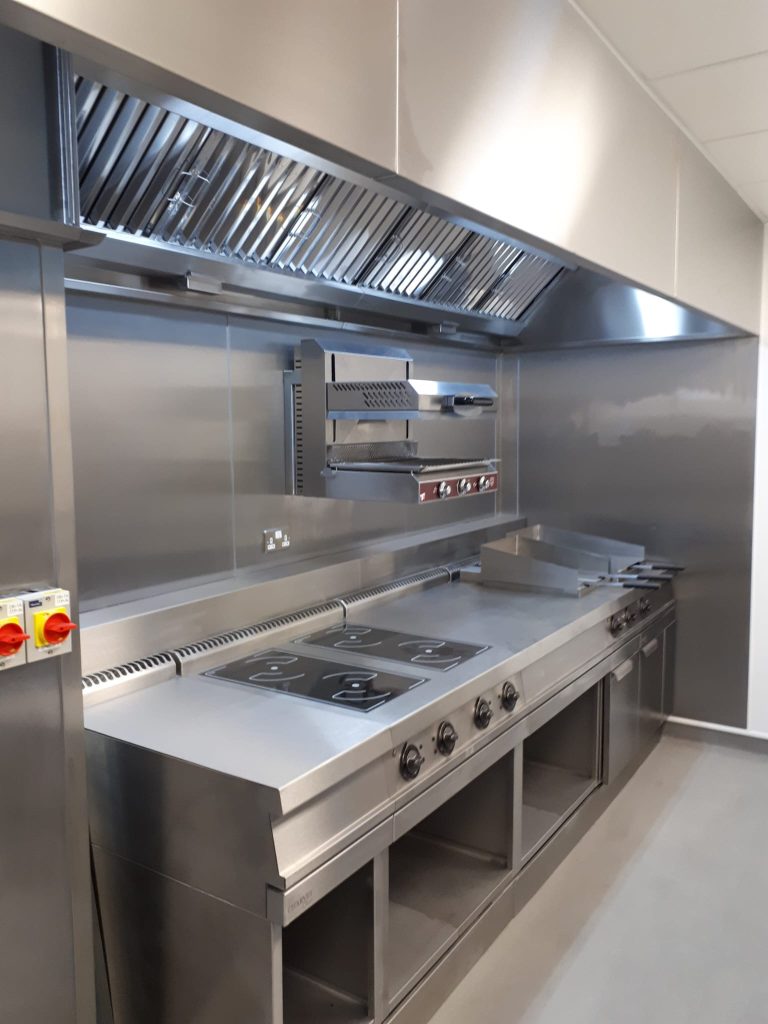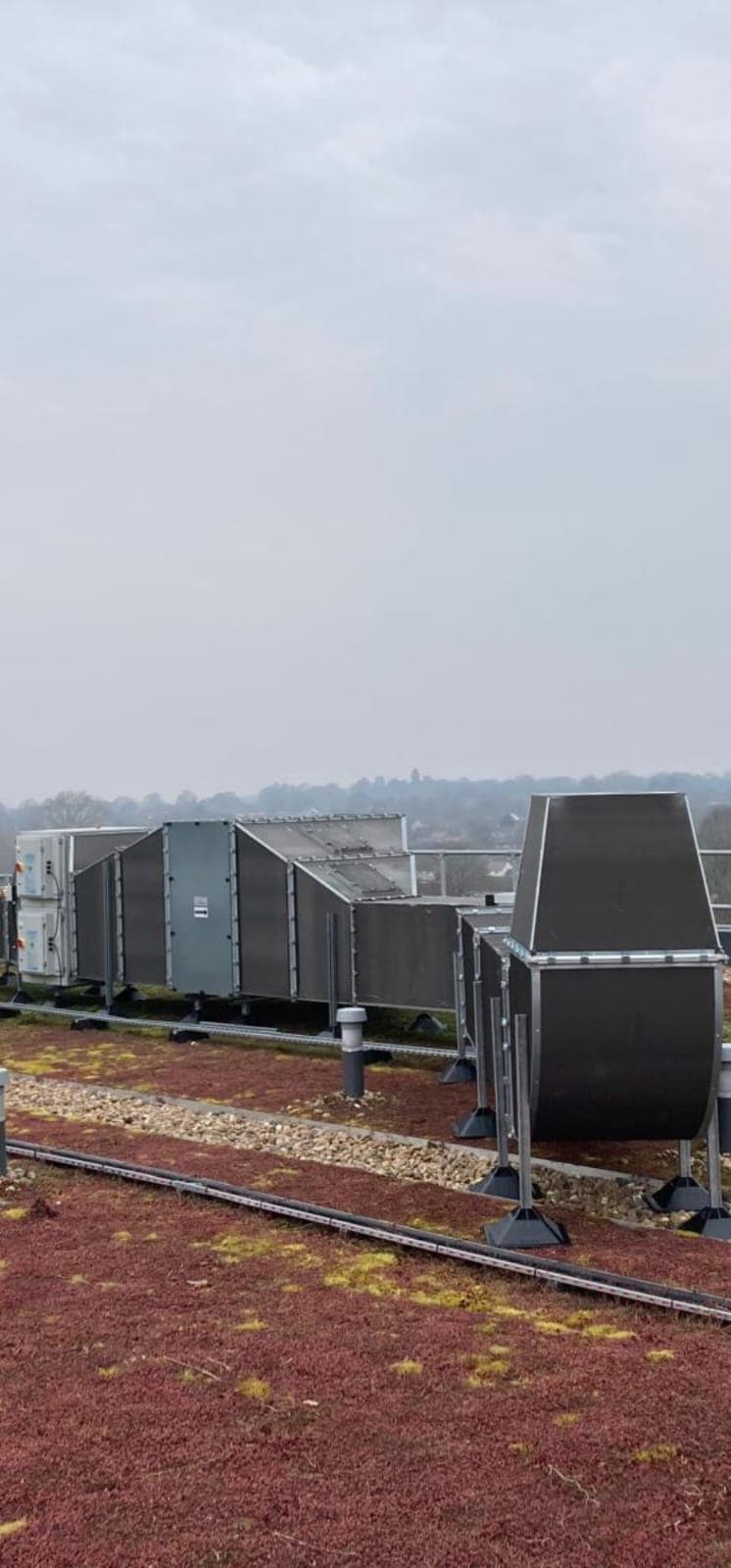When designing or upgrading a commercial kitchen or building, fire safety must be at the top of the priority list. One essential element is fire rated ducting, which helps prevent the spread of fire and smoke through ventilation systems.
In this article, we’ll cover what fire-rated ductwork is, how it differs from standard ducting, and where it should be used to comply with UK building safety standards.
What Is a Fire-Rated Ductwork Requirement?
In the UK, Building Regulations (particularly Part B – Fire Safety) require that ductwork in certain environments is fire-resistant. The purpose is to ensure that:
- Fire and smoke cannot easily spread from one part of a building to another through ventilation or extraction systems.
- Escape routes remain protected for long enough to allow safe evacuation.
- Critical building services (such as kitchen extraction or smoke extract systems) continue to function during a fire.
Fire-rated ducts are tested to BS EN 1366-1 and BS EN 1366-8 standards, which assess their ability to maintain integrity and insulation under fire conditions.
👉 For an overview of fire safety regulations, see the UK Government Building Regulations – Fire Safety Approved Document B.
What Is the Difference Between Fire-Rated Duct and Normal Duct?
While standard ducting is designed to move air efficiently, it is not built to withstand fire. In contrast, fire-rated ductwork is constructed and tested to resist fire, smoke, and heat for a set duration (typically 30, 60, 90, or 120 minutes).
Key differences include:
- Materials: Fire-rated ducts use specialist steel construction with additional insulation and reinforcement.
- Performance: They must maintain structural integrity and airtightness during exposure to fire.
- Testing: Fire-rated ductwork undergoes strict certification processes, unlike standard ducts.
- Application: Normal ducting is fine for basic ventilation, but fire-rated ducting is legally required in high-risk areas such as kitchens, escape routes, and smoke extraction systems.
For more detail, you can refer to BSI’s guidance on BS EN fire resistance standards.
Where to Use Fire-Rated Ducts?
Fire-rated ducting must be installed in areas where there is a risk of fire spreading through ventilation systems. Common applications include:
- Commercial kitchens – Kitchen extraction ducts are at high risk of grease fires and must use fire-rated ducting to contain flames and smoke.
- Smoke extraction systems – Buildings often require dedicated smoke extract ducting to help manage fire emergencies.
- Escape routes – Corridors, stairwells, and lobbies must be protected so people can evacuate safely.
- Service risers and shafts – Ducts running between floors must not act as a chimney for fire spread.
Failure to use the correct fire-rated ductwork in these areas can lead to serious safety risks, non-compliance with regulations, and invalidated insurance.
Fire-rated ducting is a critical part of building safety, ensuring that ventilation and extraction systems do not become a pathway for fire and smoke. From commercial kitchens to escape routes and smoke extract systems, installing certified, compliant fire-rated ductwork is not just best practice—it’s a legal requirement.
For more on how we design and install compliant systems, see:



